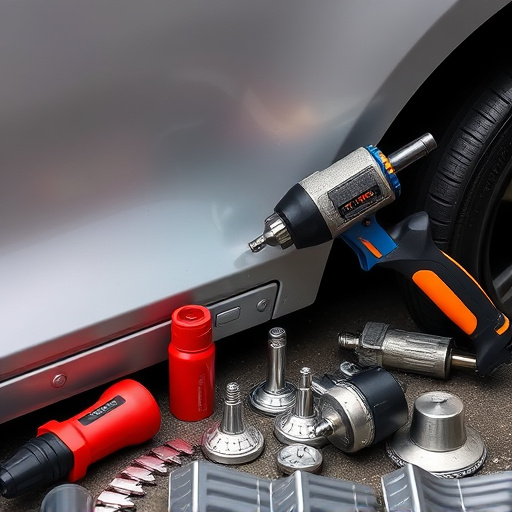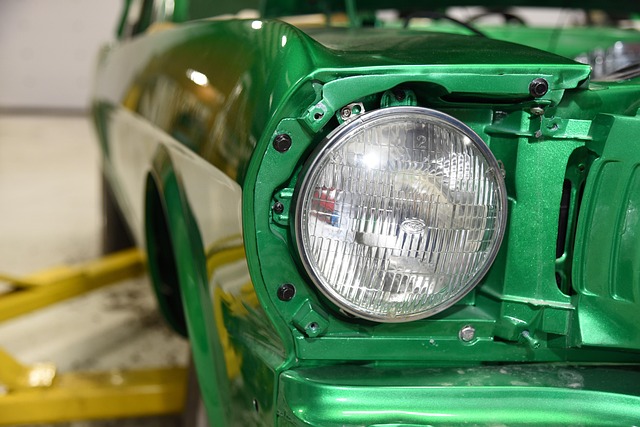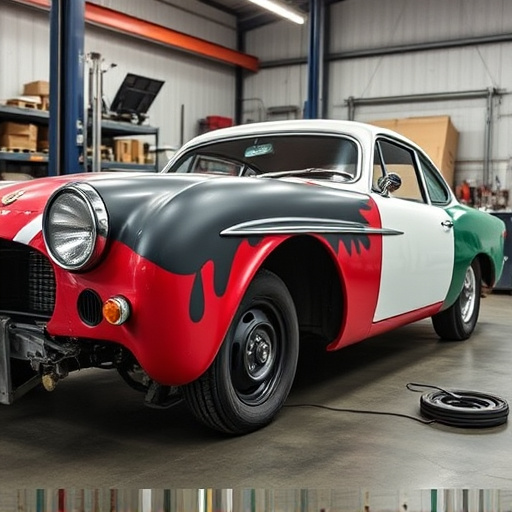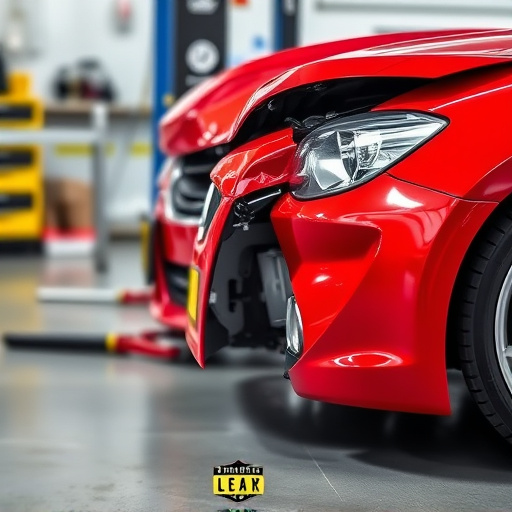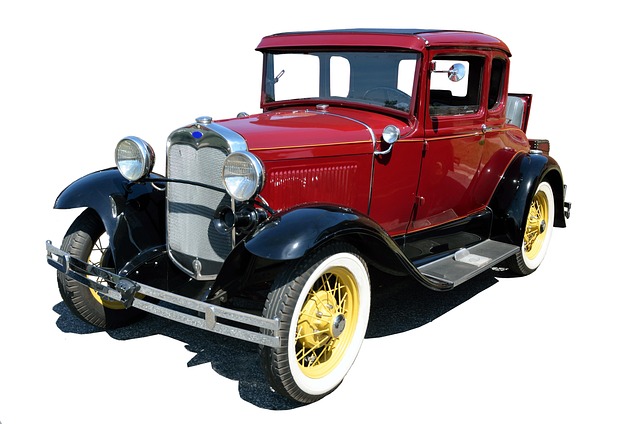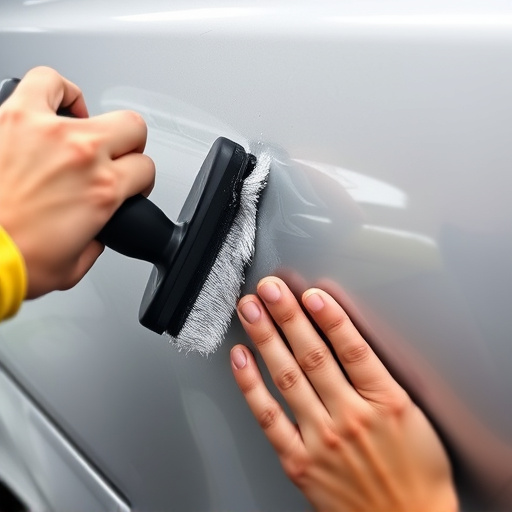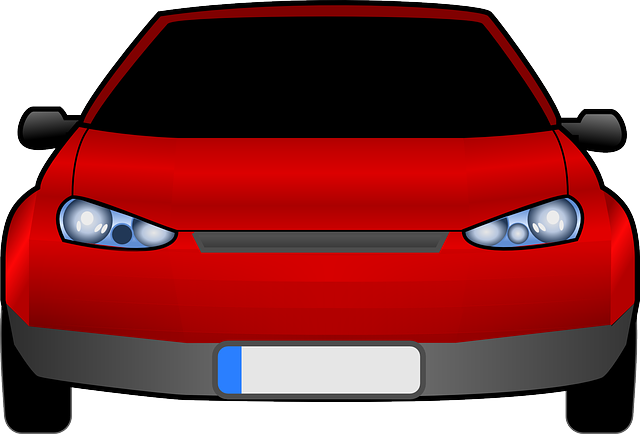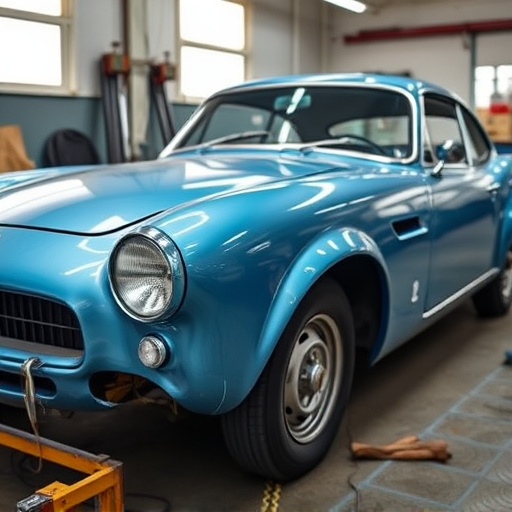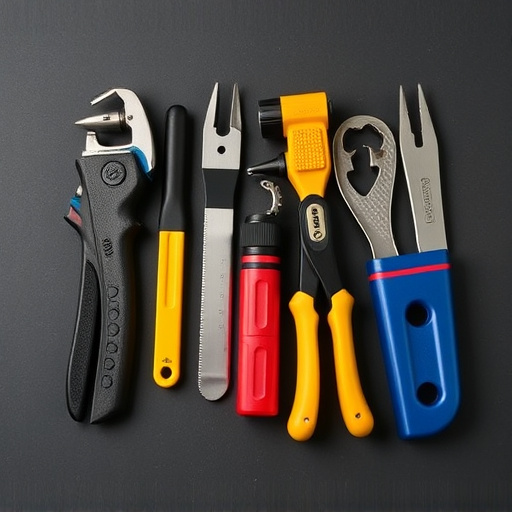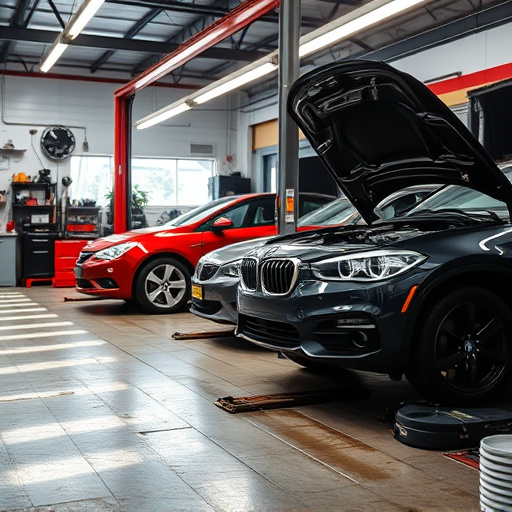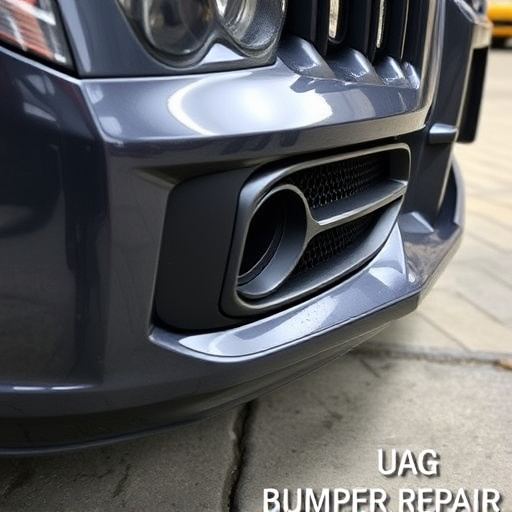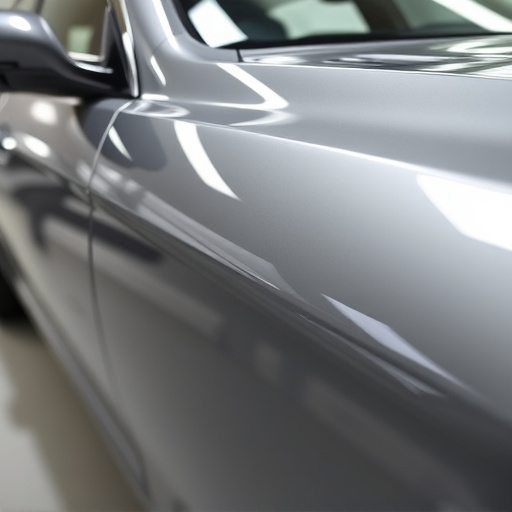Repairing an RV poses unique challenges due to its size, complex construction (including fiberglass and aluminum), and specialized design compared to traditional cars. Standard techniques may not apply, demanding specific knowledge and tools for damages like dents in fiberglass panels. Long-term durability requires corrosion prevention measures for structural integrity and aesthetic appeal. Efficient RV body repair necessitates a well-equipped workshop with specialized tools and materials, from hand tools to welding gear and paint supplies. Meticulous assessment, surface preparation, and techniques like paintless dent repair or panel replacement ensure lasting results, keeping your RV in top condition.
In the realm of vehicle maintenance, Recreational Vehicle (RV) body repair presents unique challenges. These mobile homes on wheels demand specialized techniques and precision due to their complex construction and diverse materials. This article delves into the key elements that underpin successful RV body repair, equipping professionals with essential knowledge. We explore understanding the unique challenges, mastering tools and materials, and providing step-by-step guidance for long-lasting results, ensuring your RV retains its structural integrity and aesthetic appeal.
- Understanding the Unique Challenges of RV Body Repair
- Essential Tools and Materials for Effective Repairs
- Step-by-Step Guide to Ensuring Long-Lasting Results
Understanding the Unique Challenges of RV Body Repair
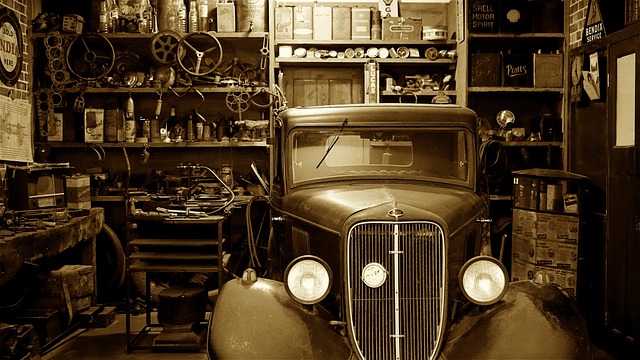
Repairing a recreational vehicle (RV) presents distinct challenges compared to traditional car or auto body work. RVs are larger and more complex structures, often incorporating diverse materials such as fiberglass, aluminum, and vinyl. The unique design and construction methods mean that standard repair techniques may not always be applicable. For instance, repairing a dent in an RV’s fiberglass panel differs from fixing a similar damage on a metal car body, requiring specialized knowledge and tools.
Moreover, RVs are designed for extended periods outdoors, exposing them to varying weather conditions. This environmental factor plays a significant role in both the repair process and material selection. The right techniques must consider not only restoring structural integrity but also ensuring long-term durability against corrosion and UV damage. Understanding these challenges is crucial for successful RV body repair, guaranteeing that the vehicle retains its structural soundness and aesthetic appeal while catering to the specific needs of mobile living spaces.
Essential Tools and Materials for Effective Repairs
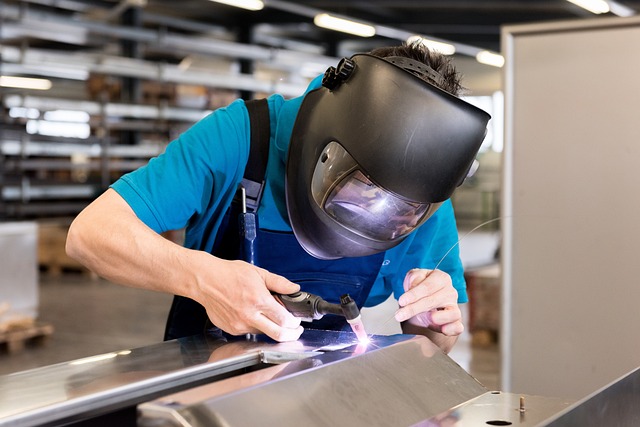
When it comes to RV body repair, having the right tools and materials is as crucial as possessing the necessary skills. A well-equipped workshop ensures efficient repairs, allowing for precise work that matches the vehicle’s original quality. For RV owners, this means sourcing specialized tools tailored to address unique challenges posed by these larger vehicles.
Essential items include a comprehensive set of hand tools like wrenches and screwdrivers, along with power tools such as impact drivers and angle grinders. For visible repairs like bumper repair or dent removal, a range of body work equipment is vital. This could involve specialized hammers for panel alignment, putty knives for filling gaps, and sanders to ensure a smooth finish. Additionally, items like welding gear, paint supplies, and various adhesives are indispensable for comprehensive RV body repair, covering everything from minor fender benders to more extensive vehicle collision repair tasks.
Step-by-Step Guide to Ensuring Long-Lasting Results
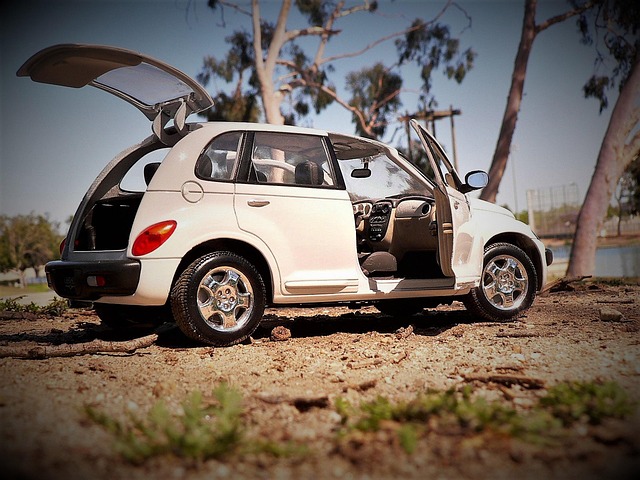
When it comes to RV body repair, achieving long-lasting results requires a meticulous approach. Here’s a step-by-step guide designed to ensure your repairs stand the test of time, keeping your recreational vehicle in top condition for years to come. First, assess the damage thoroughly, taking note of its extent and location. This initial step is crucial as it guides the subsequent repair process.
Next, prepare the RV’s surface by cleaning and decontaminating it to ensure optimal adhesion for any new materials used. For instances requiring paintless dent repair, specialized tools are employed to remove dents without damaging the surrounding finish. In contrast, more extensive damage may necessitate a trip to a vehicle body shop where skilled technicians can perform comprehensive repairs, from panel replacement to meticulous painting, transforming your RV into its former glory or even enhancing it with updated aesthetics.
In the realm of RV body repair, a combination of specialized knowledge, top-tier tools, and meticulous techniques is essential for achieving long-lasting results. By understanding the unique challenges and arming yourself with the right materials, you can confidently navigate the process, ensuring your recreational vehicle remains in optimal condition for countless adventures ahead. Mastery of these key elements will not only enhance your RV’s aesthetics but also its structural integrity, making every journey a testament to your dedication to excellence in maintenance.
